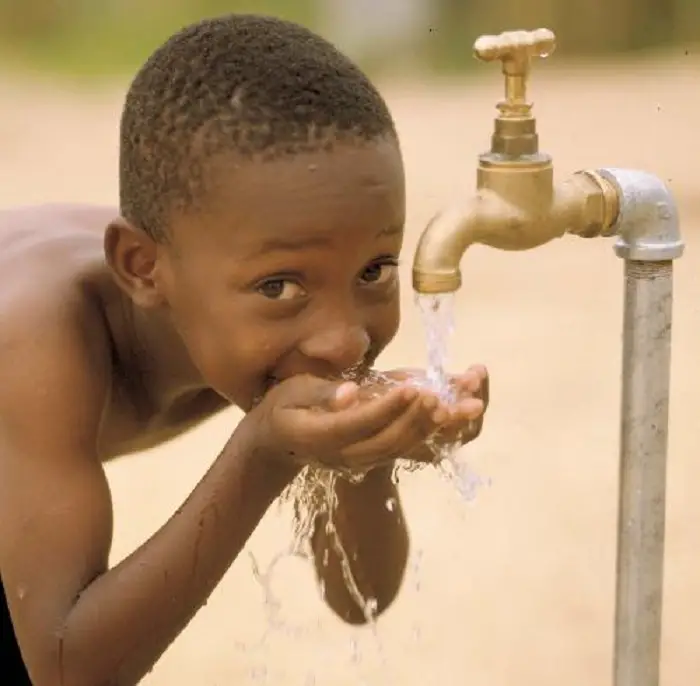A technical task team has been established to monitor the implementation of water restrictions as the country tries to mitigate the effects of the drought.
In a statement following a two-day meeting in Cape Town, Cabinet said the target is to reduce supply from Rand Water, the main supplier of potable water in Gauteng, by 687 million litres per day.
“All municipalities within the supply [chain] have been given specific targets to meet in respect of reducing their water consumption. The initial approach has been an incremental one, with a gradual reduction in supplies starting at 5% and gradually increasing to 15% by throttling the main valves.
“From 3 October, we shifted to a volume-based restriction,” Cabinet said in the statement issued on Thursday.
Gauteng, the main economic hub of the country, is also setting up a Joint Operations Centre (JOC) to monitor and ensure compliance. All municipalities have been directed to establish operation centres with immediate effect and to ensure that communication with consumers is improved.
“The Vaal Dam will be kept at 25% and this will be achieved by transferring water from Sterkfontein Dam. This is necessary to protect the integrity of intakes for Eskom, Rand Water and Sasol.
“Releases will commence on 7 November and continue for a minimum of 54 days to 30 December 2016. The minimum release planned at this stage is 190 million cubic metres of water, which will drop the Sterkfontein dam by approximately 7%,” Cabinet said.
The staggered release is to minimise any danger to communities downstream of Sterkfontein and to minimise damage to river banks, which have been dry for a considerable period of time.
Cabinet also warned that it could take at least two to three years to see any significant recovery in dam capacity and this could even extend to five years.
“We are still in a neutral situation and it is very likely that we can expect an extended period of recovery. We are therefore still in for a long road to recovery.”
South Africa received the lowest rainfall since 1904, with extremely high temperatures experienced in October and November of 2015. This has severely impacted on the country’s water supplies, with national average dam levels decreasing to 48.4%, compared with the same time last year when levels were at 66.6%.
Cabinet called on South Africans to use water efficiently and conserve it.
“All water users must adhere to water restrictions where they are being implemented, and continue to save water, working with municipalities. Government is doing all it can to mitigate against the current conditions and is working with all stakeholders in drought affected areas.”
